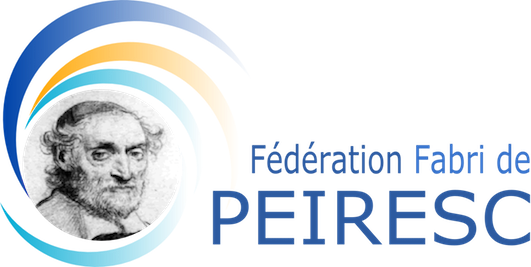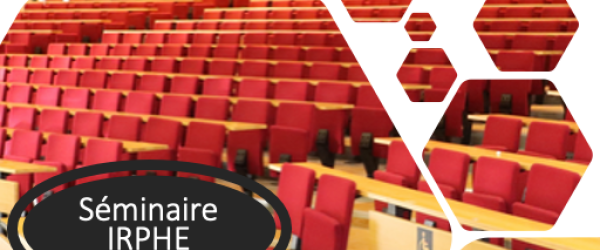Lundi 16 juin à 11h00, salles des séminaires IRPHE
Several topics of interest to my group are centered around the mechanics of interfaces and how their geometry both effects and reflects symmetry breaking in physical systems. I will focus on two examples, one from fluid mechanics and one from the description of soft matter.
In zero Reynolds number flow, we show that systematic particle manipulation (net displacement across streamlines) is possible if the Stokes flow correctly breaks geometric symmetries. Using a rigorous description of hydrodynamic interactions between a spherical particle and a boundary, we demonstrate particle accumulation at predictable positions in bulk flow, as well as particle capture at predictable locations of the interfacial boundaries. Even at vanishing Reynolds number, there is therefore potential for microfluidic filtering applications.
In the study of tissue mechanics, 2D vertex models have predicted a loss-of-rigidity transition that can be diagnosed from the shape of the cells or domains. In collaboration with biologists, we show that such predictions are qualitatively wrong for the well-studied system of MDCK epithelia, that symmetry breaking along the apical-basal axis is an important feature of the tissue morphology, and that therefore a 3D model is necessary to make diagnostic use of cell shapes. We construct a novel continuum mechanics theory based on elastic shell theory of cell interfaces that allows comparison with high-resolution shape data as well as direct incorporation of spatially resolved active stresses from actomyosin contractility. The resulting tissue elasticity formalism demonstrates an interplay of tissue rigidity and integrity that is very different from the results of vertex models, and is in agreement with experimental data.
Bio : Sascha Hilgenfeldt is a Professor in the Mechanical Science and Engineering Department at University of Illinois with a courtesy appointment in Physics. He joined U of I after a postdoctoral stay at Harvard and faculty appointments at University of Twente (Netherlands) and Northwestern University. He holds MS and PhD degrees in Physics from TU Munich and University of Marburg (Germany). His research covers experimental and theoretical aspects of fluid dynamics, soft matter, and the structure and mechanics of biological tissues; He is a Willett Faculty Scholar and was elected a Fellow of the American Physical Society in 2016.
Sascha Hilgenfeldt - University of Illinois Urbana-Champaign

